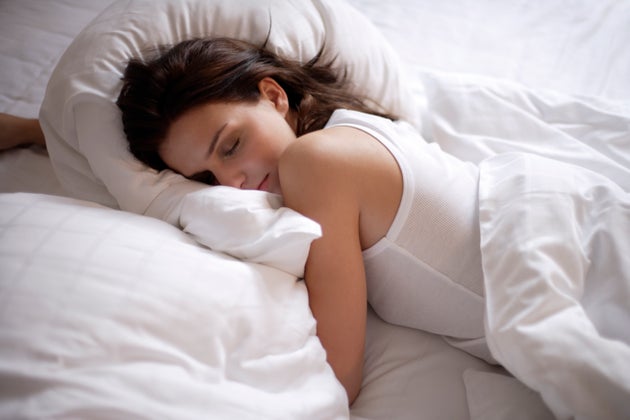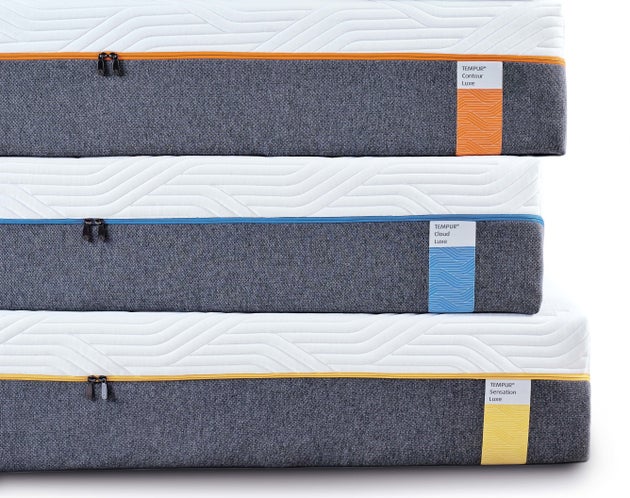Most of us are affected by the change in seasons. We feel happier and energised when the sun is shining and the days are long and we feel leaden and grey like the winter skies, our dark mood compounded by leaving for work and returning home again in deep darkness. At one end of the spectrum are the ‘winter blues’ or ‘sub-syndromal SAD’, common to many of us during these months, but for those who experience Seasonal Affective Disorder or SAD, the change in the seasons and reduced exposure to sunlight has a much greater impact on their mental health.

What is SAD?
SAD is a recognised mental health disorder; ‘a form of depression experienced during winter’, according to the UK charity MIND. In the UK, one in 15 people are affected by SAD.
SAD is most common the further away from the Equator you live; countries with extreme changes in the seasons and daylight hours like the UK and Scandinavia.
What are the symptoms?
SAD has many different symptoms. You do not need all of them to be experiencing SAD. If a doctor gives you a diagnosis of SAD, it is likely to be because you have been experiencing a number of these symptoms in the same season for at least two or three years:
Lack of energy for everyday tasks, such as studying or going to work;
Concentration problems;
Sleep problems, such as sleeping for longer than usual or not being able to get to sleep;
Depression – feeling sad, low, tearful, guilty, like you have let others or yourself down; sometimes feeling hopeless and despairing, sometimes apathetic and feeling nothing.
Anxiety, irritation and inability to cope with everyday stresses;
Overeating, particularly ‘comfort eating’ or snacking more than usual;
Being more prone to illness – some people with SAD may have a lowered immune system during the winter, and may be more likely to get colds, infections and other illnesses.

What causes SAD?
The exact cause of SAD isn’t fully understood yet, but the main theory is that a lack of sunlight may stop a part of the brain called the hypothalamus from working properly.
Even though it is the size of a pea and less than 1% of the weight of the brain, the hypothalamus has a vital role in keeping our bodies stable and controlling mood, appetite and sleep. The hypothalamus responds to a variety of signals from the internal and external environment, including our body temperature (no matter what the outside temperature) and feelings of hunger and fullness. It also responds to stress and controls our daily body clock.
The hypothalamus transmits and responds to different brain chemicals and hormones, such as melatonin, which affects our sleep patterns and mood, and the ‘love’ drug oxytocin. Studies have shown that people with SAD also have decreased serotonin levels – the happiness chemical – during the winter months and higher levels of melatonin too, which affects sleep.
It’s also possible that some people are more genetically pre-disposed to SAD, and those who already have depression may feel a worsening of their symptoms during the winter months.

How can you treat SAD?
You and your friends and family should recognise that you can’t ‘just snap out of it’, but you can seek a diagnosis and help from your GP and you can concentrate on your own self-care to help you through this difficult time. There is no clear dividing line between the ‘winter blues’ and SAD, so these suggestions are valid for everyone.
Get as much natural sunlight as possible, even if it’s just a brief lunchtime walk.
Sit as close to natural light as you can when you’re indoors.
Take plenty of regular exercise, especially outdoors and in daylight.
Eat a healthy, balanced diet and try to stave off those winter carb cravings.
Establish a sleep routine that involves a tech-free time and relaxing before you go to bed. Set your alarm to get up at a similar time every day.
Ensure your bed is as comfortable as possible. A mattress and pillows that evenly distribute weight and pressure are key to your comfort and ability to sleep and restore your body’s natural defences.

TEMPUR® was first created by NASA in the 1970s to cushion astronauts during lift off as they journeyed into space. Today, after much research and development, TEMPUR® material is used to make mattresses and pillows that evenly distribute weight and pressure, ensuring a comfortable night’s sleep. TEMPUR® offers a range of products, including mattresses, pillows, beds and accessories.